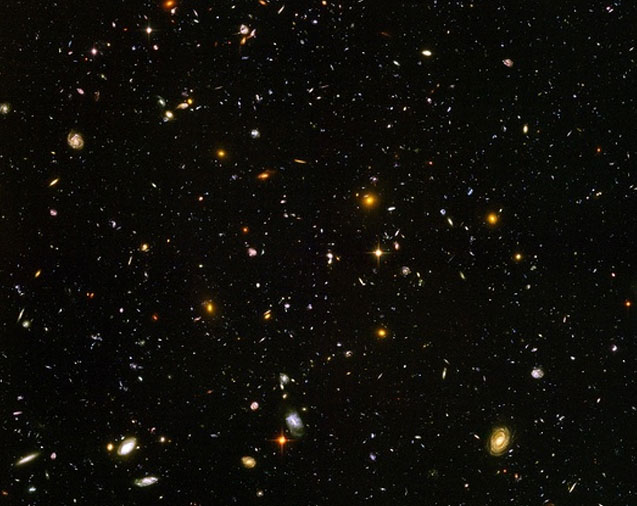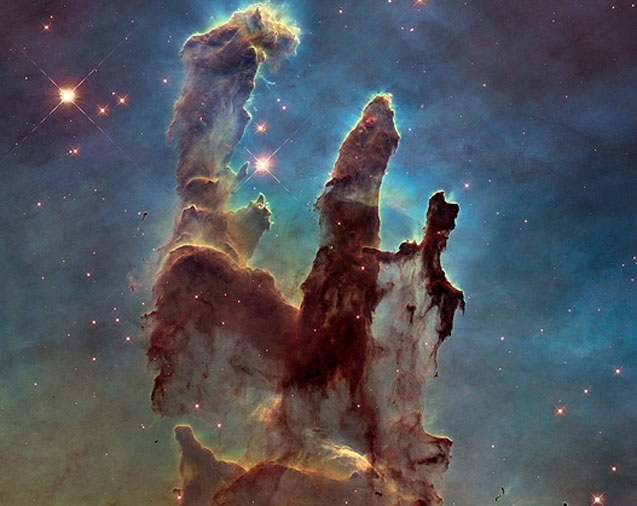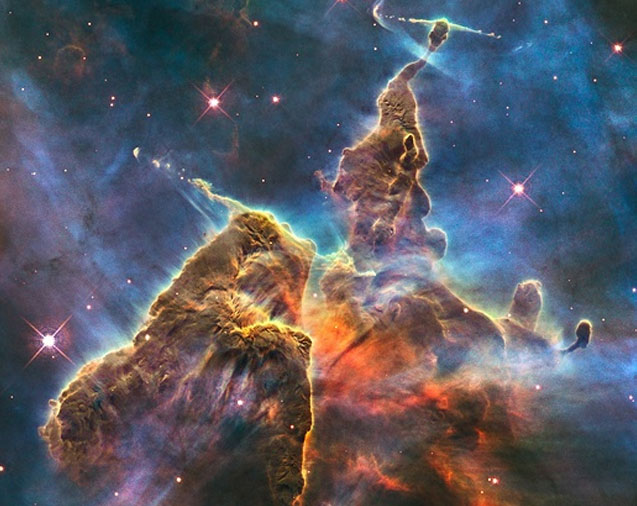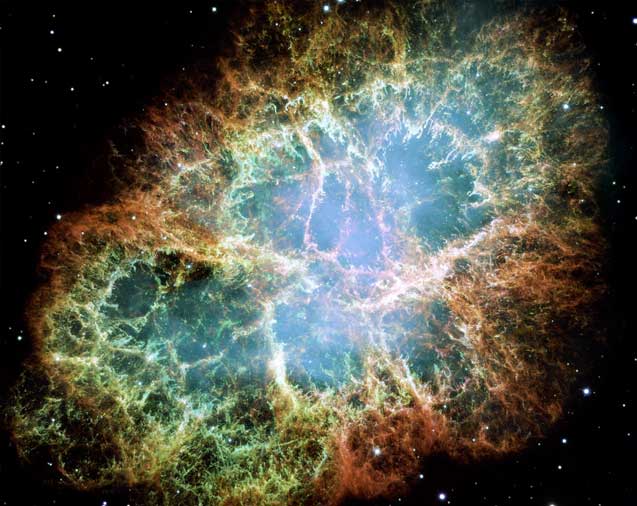
Hubble and Dissertations
November 20th is Edwin Hubble’s birthday. The man who provided demonstrable evidence of the Big Bang also provided his name to the famous Hubble Space Telescope. Read on to add a little awesome to your day…
If you’ve spent any time reading this blog or watching my videos, you know that I am a fervent proponent for getting your dissertation done.
No romance, no majesty, just a mercenary focus on finishing your dissertation.
After all, you didn’t undertake a doctoral degree program because you wanted to write a dissertation, did you? Of course not.
The reason you decided to pursue a doctoral degree was to earn a doctoral degree. To graduate. Only then will you be able to make the impact on this world that you are called to make. Only then can you improve the lives of yourself, your family, and others in your community.
So, it stands to reason that your first, last, and only focus should be to graduate as soon as possible.
That being said, every once in a while a little reverence can be a good thing. It’s worthwhile to take a moment to reflect on the grand tradition you are joining as you complete your research and add to the body of knowledge.
And, I can’t think of a more awe-inspiring way to do so than to view some of the most awesome pictures ever taken of the universe in which we live.
So, as a brief diversion from the daily dissertation grind, here are four of the most amazing images from Edwin Hubble’s namesake telescope.
1. The Hubble Ultra Deep Field

This image may not seem to be that impressive until you realize that every dot on that field of black is its own galaxy. To get a sense of scale, let’s talk about the size of our own galaxy, which isn’t particularly large as galaxies go.
If we shot a beam of light from New York City to L.A., it could travel from one end of the country to the other and back again 38 and a half times in a single second.
Now, let’s say that one line in this blog post represents the width of our galaxy. If we fired a beam of light across the galaxy starting on the day of Christ’s crucifixion, today it would have only made it across one letter in one line of this blog!
And, our galaxy is about the size of any one of the more than 10,000 dots in this image.
Still think your dissertation problems are big?
2. The Pillars of Creation

Have you ever wondered where stars come from? Here is a section of the Eagle Nebula. The dust and gas in the foreground is the stuff of star babies. It’s being illuminated by recently formed hot, bright stars in the background.
3. The Mystic Mountain

Another shot of a stellar nursery being blown to bits by the intense radiation from newborn stars.
4. The Crab Nebula

Perhaps ironically the beauty of the birth of stars is often matched by the beauty of their demise. The Crab Nebula is a supernova remnant, the corpse of a star that exploded in spectacular fashion in 1054 A.D.
Awesome, huh? That’s the fraternity you’re joining as you complete your dissertation. Your little addition to the body of human knowledge and understanding makes it possible over many years, careers, and lifetimes to understand the deepest reaches of the universe, the human mind, and everything in between.
So, what’re you waiting for? Get back to work!
